Disclosure: This article contains affiliate links. We may earn a commission from purchases at no extra cost to you, which helps our travel content.
There's something about the juxtaposition of gleaming skyscrapers against pristine shorelines that speaks to my kokoro (heart). Having spent countless hours navigating the brilliant chaos of Southeast Asian metropolises, I've developed a deep appreciation for the urban-to-beach escape ritual that locals have perfected. Singapore and Kuala Lumpur—two cities I've returned to repeatedly over the years—offer this duality in spades: world-class urban experiences paired with surprisingly accessible coastal retreats. As someone who grew up between Tokyo's concrete jungle and Canada's vast wilderness, I understand the soul's need for both stimulation and restoration. These twin cities of Southeast Asia have become my go-to recommendation for families seeking that perfect balance, especially during summer months when little ones need to splash away the tropical heat. Let me guide you through the beach escapes that have become my family's favorites over years of exploration—places where the sand feels just right between your toes and where the horizon reminds you that even the most impressive skyline is dwarfed by nature's simple beauty.
Singapore's Island Escapes: Beyond Sentosa
While Sentosa Island remains Singapore's poster child for accessible beach getaways (and rightfully so—it's just a 15-minute ride from downtown), my years of exploration have revealed hidden coastal gems that many visitors overlook.
Sentosa itself deserves its reputation. With three distinct beaches—Siloso, Palawan, and Tanjong—it offers something for every family dynamic. Siloso buzzes with volleyball courts and beachside bars, making it perfect for families with teens. Palawan Beach, with its shallow waters and suspension bridge to the Southernmost Point of Continental Asia, captivates younger children with its sense of adventure. Tanjong Beach provides a quieter alternative where parents can actually finish a conversation.
But venture beyond the obvious, and Singapore rewards you richly. St. John's Island, a 30-minute ferry ride from Marina South Pier, offers what I consider the antithesis to Singapore's manicured perfection—a wilder, more contemplative beach experience with lagoons perfect for young swimmers. Once a quarantine station and penal settlement, the island now exudes tranquility, with picnic areas shaded by swaying palms and beaches that rarely see crowds.
My personal favorite remains Lazarus Island, connected to St. John's by a paved walkway. Here, the crescent-shaped beach with powder-soft sand and crystalline waters feels more like Thailand than Singapore. During our last visit, my friend's daughter spent hours collecting tiny shells while we adults marveled at how such serenity could exist so close to one of Asia's busiest financial centers.
For families with older children seeking adventure, Pulau Ubin offers a time capsule of Singapore's past. Rent bicycles near the jetty and pedal to Mamam Beach on the island's eastern edge. The journey itself—passing kampong houses, wild boars, and monitor lizards—provides as much excitement as the destination. Pack a substantial beach tent as shade is limited, and the experience is all the better for having your own comfortable base camp.
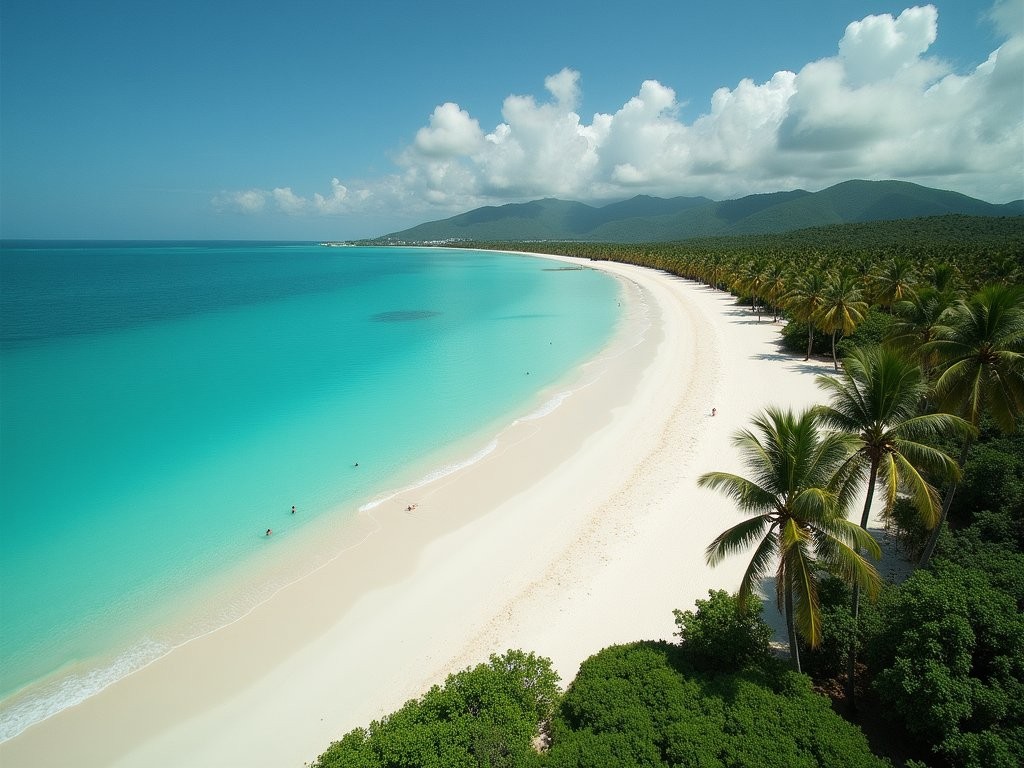
💡 Pro Tips
- Visit beaches on weekdays to avoid local crowds
- Pack all food and water for St. John's and Lazarus Islands as facilities are limited
- Book ferry tickets online a day in advance during peak seasons
Kuala Lumpur's Coastal Retreats: Day Trips Worth Taking
Kuala Lumpur presents a different challenge than Singapore—the city itself is landlocked, requiring slightly more commitment to reach coastal waters. But as I've discovered through multiple visits with families in tow, the rewards are worth the extra effort.
Port Dickson, about a 90-minute drive southwest of KL, has become my standard recommendation for families seeking easy beach access. The 18-kilometer coastline offers multiple entry points, each with its own character. My preference leans toward the beaches near the Cape Rachado Forest Reserve, where the Blue Lagoon area provides calm waters ideal for children still developing their swimming confidence.
During my last visit, I watched a Malaysian family teaching their toddler to build sand castles while grandmother prepared a picnic under a rental umbrella—a scene that transcended cultural differences and reminded me of similar moments from my own childhood in Japan. The beach isn't pristine by Maldivian standards, but its accessibility and facilities make it ideal for families.
For those willing to venture slightly further, Morib Beach (about two hours from KL) offers a glimpse into local beach culture largely untouched by international tourism. The wide, flat beach at low tide becomes a playground for kite-flying, and the seafood stalls lining the approach road serve some of the freshest catches I've encountered in Malaysia.
Ambitious families with older children might consider Pangkor Island, requiring about four hours of travel time but rewarding visitors with significantly clearer waters and more developed beach facilities. Teluk Nipah beach on the island's western coast has become my go-to recommendation, with its swimmable waters and beachfront restaurants serving simple but delicious meals.
For any of these destinations, I've found that bringing a quality snorkel set for each child transforms a simple beach day into an underwater adventure. The waters around Pangkor Island particularly reward curious young explorers with colorful fish visible even in shallow waters.
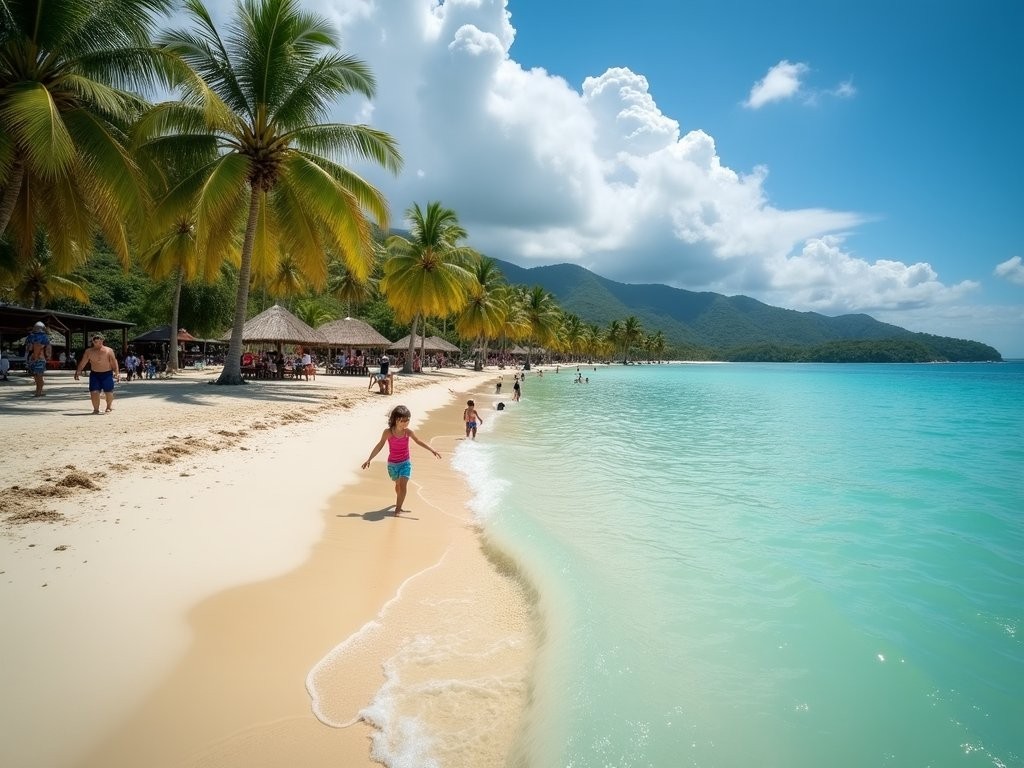
💡 Pro Tips
- Visit Port Dickson beaches during weekdays to avoid domestic weekend crowds
- Pack mosquito repellent for late afternoon beach visits near forested areas
- Consider staying overnight at Pangkor Island to fully enjoy the experience without rush
Family-Friendly Beach Activities Beyond Swimming
What transforms a good beach day into a memorable one, I've discovered, is having a repertoire of activities beyond the obvious swimming and sandcastle building. This becomes especially important when traveling with children whose energy and attention spans demand variety.
In Singapore, East Coast Park has become my laboratory for beach day innovation. The 15-kilometer stretch offers more than just sand and sea—it's an integrated outdoor playground. Rent bikes from any of the numerous rental shops and cruise along the dedicated cycling path that parallels the beach. For families with younger children, four-wheel family bikes provide a novel experience that often becomes the highlight of their trip.
During my most recent visit with friends and their children, we organized an impromptu beach scavenger hunt using a simple list I created over breakfast: find something perfectly round, something with a pattern, something that tells a story, and so on. The activity kept three children engaged for nearly two hours, culminating in a show-and-tell session that revealed how differently each child interpreted the prompts.
In Malaysia's coastal areas, I've found that local food exploration becomes part of the beach experience itself. At Morib Beach, teaching children to eat freshly grilled fish and stingray from banana leaf wrappings becomes a cultural lesson wrapped in a culinary adventure. The night markets that spring up near popular beaches offer opportunities to sample treats like cendol and ais kacang—icy desserts perfectly suited to post-beach refreshment.
For families with older children, consider investing in a quality beach volleyball that packs down relatively small. I've found that setting up a casual game often attracts local children, creating cross-cultural connections that transcend language barriers. My simple mesh ball has facilitated friendships on beaches across Southeast Asia.
Bird watching, surprisingly, has become another favorite activity, particularly at Pasir Ris Park in Singapore and Kuala Selangor Nature Park near KL. Bringing a pair of compact binoculars transforms mundane seabirds into objects of fascination for young naturalists. The mangrove ecosystems adjacent to many regional beaches host kingfishers, herons, and eagles that captivate children who might otherwise claim boredom after an hour of traditional beach play.
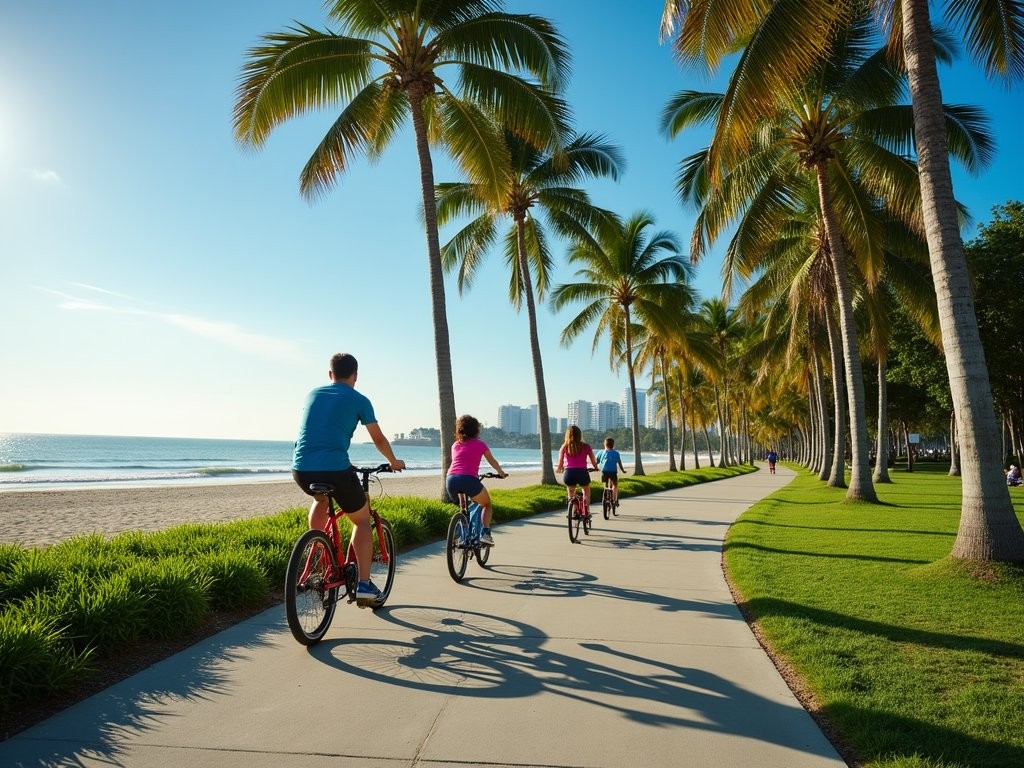
💡 Pro Tips
- Create a simple beach scavenger hunt list tailored to your children's ages
- Visit local markets before heading to the beach to gather picnic supplies and experience local culture
- Schedule beach visits for early morning or late afternoon to avoid midday heat, especially with young children
Packing Essentials for Urban-to-Beach Day Trips
After countless urban-to-beach transitions across Southeast Asia, I've refined my packing approach to balance preparedness with practicality. The key challenge: carrying everything you need for a beach day without feeling like a pack mule through the city beforehand.
Start with a versatile bag. I've tried numerous options over the years and settled on a waterproof backpack that protects electronics from sand and water while providing comfortable carrying capacity. The separate wet compartment proves invaluable for storing damp swimwear for the return journey.
Sun protection in equatorial regions requires serious consideration. Beyond the standard high-SPF sunscreen, I recommend a rashguard for children and adults alike. These quick-drying shirts provide UPF 50+ protection and eliminate the need for constant sunscreen reapplication on torsos. For my Japanese-Canadian complexion that seems to burn at the mere mention of equatorial sun, this has been game-changing.
Water considerations vary by destination. Singapore's beaches generally offer nearby facilities for refreshments, but Malaysia's more remote beaches often don't. I've found that a collapsible water bottle for each family member, filled before leaving the city, provides sufficient hydration without excessive weight.
Footwear presents a particular challenge. The ideal urban-to-beach day requires shoes appropriate for city walking that transition well to sand. After much experimentation, I've settled on lightweight slip-on shoes for adults and older children, with separate flip-flops packed for younger children who may need carrying through urban areas.
Technology management becomes important when bridging urban and beach environments. Waterproof phone cases are worth their weight in gold, especially when unexpected rain showers hit (a common occurrence in both Singapore and Malaysia). I learned this lesson the hard way during a sudden downpour at Changi Beach that claimed my previous smartphone.
Finally, consider local customs when packing swimwear. While Singapore's beaches are cosmopolitan in their dress codes, Malaysia's more conservative beach culture appreciates modest swimwear, particularly for women and older girls. Board shorts and rash guards for everyone provide a culturally sensitive option that also offers additional sun protection.
One unexpected essential I now never forget: a small bottle of baby powder. This hikaru (brilliant) Japanese trick helps remove sand from skin before the urban return. Simply apply dry powder to sandy areas, and the sand brushes away effortlessly—a small detail that makes the transition back to air-conditioned shopping malls much more comfortable.

💡 Pro Tips
- Pack a change of clothes in individual ziplock bags to keep them dry and organized
- Bring twice as much drinking water as you think you'll need, especially during summer months
- Include a small first aid kit with tweezers for potential sea urchin encounters
Cultural Etiquette at Southeast Asian Beaches
Understanding the subtle cultural nuances of beach behavior in Singapore and Malaysia enhances not only your experience but also your interactions with locals. As someone who navigates mixed cultural identities daily, I've become particularly attuned to these unwritten rules.
Singapore's beaches, while international in atmosphere, maintain certain expectations. Public displays of affection should remain modest—hand-holding and quick kisses are acceptable, but anything more passionate is considered inappropriate, especially when families are present. This reflects Singapore's unique blend of Western openness and Asian conservatism.
At East Coast Park and Changi Beach, you'll notice local families often claim spaces with elaborate setups including mats, portable fans, and extensive food spreads. This practice of kiasu (fear of losing out) is deeply ingrained in Singaporean culture. Rather than viewing it as territorial, understand it as a reflection of the high value placed on family gathering spaces. When setting up your own area, maintain respectful distance from established family zones.
In Malaysia, beach etiquette carries additional layers of cultural and religious consideration. At popular beaches like Port Dickson, you'll observe that many Malaysian Muslim women swim fully clothed or in specialized modest swimwear. While as a foreigner you're not expected to adopt these practices, choosing more modest swimwear shows cultural sensitivity that locals appreciate.
Food plays a central role in beach culture throughout the region. In both countries, bringing a small excess of snacks to share with neighboring beach-goers can create instant connections. During a visit to Morib Beach, my offering of sliced mangoes to a neighboring Malaysian family resulted in them reciprocating with homemade kuih (traditional cakes) and an hour of delightful conversation about our respective travels.
Waste management reflects broader cultural values. Singapore's immaculate beaches result from both strict enforcement and cultural pride in cleanliness. Malaysia's beach areas may have fewer visible facilities, but carrying a small reusable trash bag for your waste demonstrates respect for local environments. I've made it a habit to conduct a brief gomi hiroi (trash collection) before leaving any beach, a practice that often earns appreciative nods from locals.
Finally, understand that beach timing differs from Western patterns. In both countries, beaches come alive early in the morning (6-9am) and again in late afternoon (4-7pm), with a notable midday lull when locals sensibly avoid the equatorial sun. Aligning your schedule with these natural rhythms puts you in sync with local usage patterns and avoids the disappointment of arriving at seemingly deserted beaches during the hottest hours.
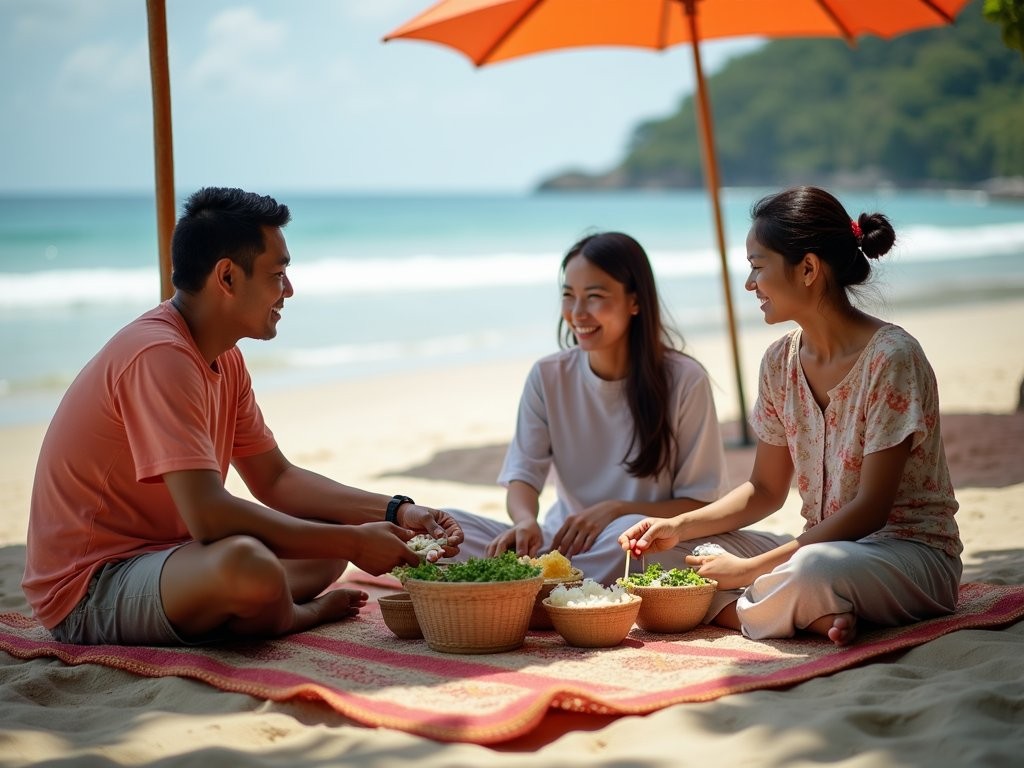
💡 Pro Tips
- Greet neighboring beach-goers with a simple nod or smile when setting up your space
- Cover shoulders and knees when transitioning through more conservative neighborhoods en route to beaches
- Follow local timing patterns—early morning and late afternoon are when beaches truly come alive
Sustainable Beach Tourism: Protecting Paradise
The delicate coastal ecosystems surrounding Singapore and Kuala Lumpur face mounting pressures from urban development and tourism. As someone who's witnessed the transformation of once-pristine beaches across Asia, I feel a responsibility to share approaches to more sustainable coastal enjoyment.
Singapore's beach conservation efforts deserve recognition. The country's massive land reclamation projects have been balanced with initiatives like the Sisters' Islands Marine Park, which protects coral reefs and serves as a biodiversity research center. When visiting any of Singapore's beaches, consider joining one of the regular beach cleanup events organized by groups like the International Coastal Cleanup Singapore. During my last visit, participating in a two-hour cleanup at East Coast Park with my friend's children proved both educational and surprisingly enjoyable—the kids turned it into a competitive treasure hunt.
In Malaysia, grassroots conservation efforts are making impressive strides. Organizations like the Malaysian Nature Society regularly host educational programs at Port Dickson and Morib Beach. Check their schedules when planning your visit, as these often family-friendly events provide children with hands-on learning about marine ecosystems.
Personal choices make significant differences in collective impact. Reef-safe sunscreen has become non-negotiable in my beach kit after learning about the devastating effects of common sunscreen chemicals on coral reefs. Look for mineral-based products containing zinc oxide or titanium dioxide rather than oxybenzone or octinoxate.
Plastic reduction becomes particularly important in coastal areas where waste management infrastructure may be limited. I've adopted the practice of carrying a small reusable cutlery set to avoid disposable plastics when enjoying beach-side meals. This simple tool, along with a reusable water bottle and shopping bag, dramatically reduces single-use plastic consumption.
When selecting beach activities, consider their environmental impact. Motorized water sports, while thrilling, contribute to noise pollution and potential fuel leakage. Instead, I've found that kayaking and stand-up paddleboarding offer equally memorable experiences with minimal ecosystem disruption. Many beaches in both Singapore (East Coast Park) and Malaysia (Port Dickson) offer rental services for these human-powered watercraft.
Finally, practice the Japanese concept of mottainai—a term expressing regret over waste—by leaving beaches cleaner than you found them. This goes beyond simply managing your own waste to actively improving spaces for future visitors. The cumulative effect of many visitors each removing a few pieces of existing litter transforms beaches over time.

💡 Pro Tips
- Choose mineral-based sunscreens containing zinc oxide rather than chemical alternatives harmful to marine life
- Support beach vendors who use biodegradable packaging for food and drinks
- Consider joining organized beach cleanups as a family activity that combines education with environmental stewardship
Final Thoughts
As our ferry pulled away from St. John's Island on my last Singapore visit, I watched a child trailing her fingers in the wake, her face a picture of contented reflection. This image captures what these urban-adjacent beaches offer families—not just a break from city stimulation, but a chance to process and integrate experiences through the meditative quality of water and sand. The beaches surrounding Singapore and Kuala Lumpur may not compete with the postcard perfection of more remote destinations, but their accessibility creates opportunities for the regular nature connection that modern families desperately need. Whether you choose the manicured shores of Sentosa or the more rustic coastline of Morib, these day trips provide the rhythm of contrast that makes urban exploration sustainable. As the Japanese concept of ma teaches us, it's the space between notes that creates the music. In your Southeast Asian adventure, let these beach escapes be the restorative pauses that make the urban symphony more beautiful. The sand awaits, just a short journey from the skyscrapers—your family's perfect balance of discovery and relaxation.
✨ Key Takeaways
- Both Singapore and Kuala Lumpur offer accessible beach escapes within 1-2 hours of the city center
- Early morning and late afternoon provide the most pleasant beach experiences while avoiding equatorial midday heat
- Incorporating cultural awareness enhances beach experiences and creates opportunities for meaningful local interactions
- Simple sustainability practices protect these coastal ecosystems for future generations
📋 Practical Information
Best Time to Visit
March-September (avoiding November-February monsoon season)
Budget Estimate
$50-150 per day for a family of four, including transportation and meals
Recommended Duration
Full day (8-10 hours including travel time)
Difficulty Level
Easy

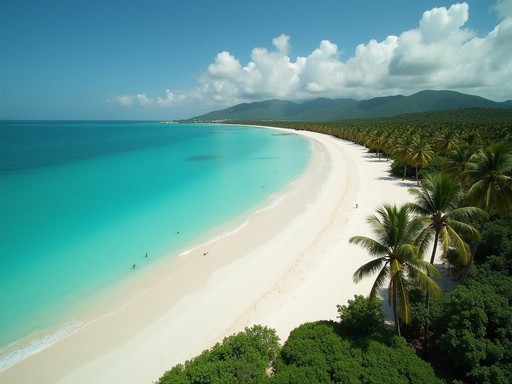

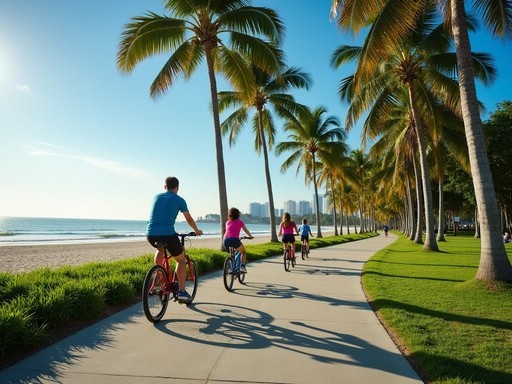
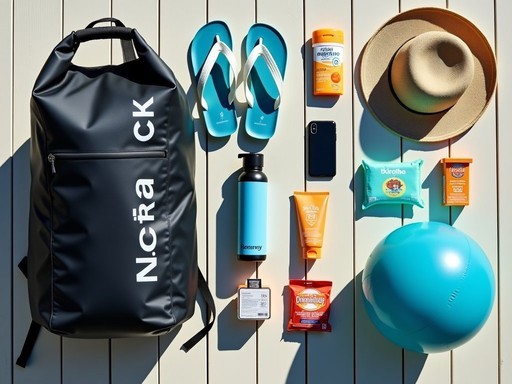

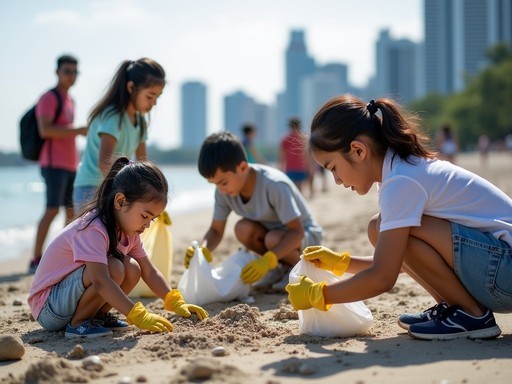


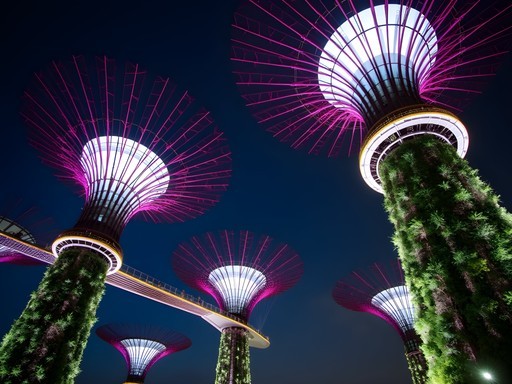
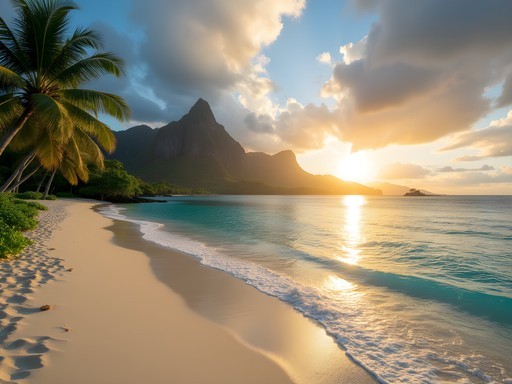
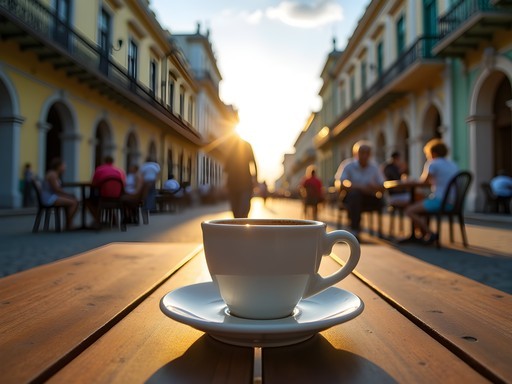
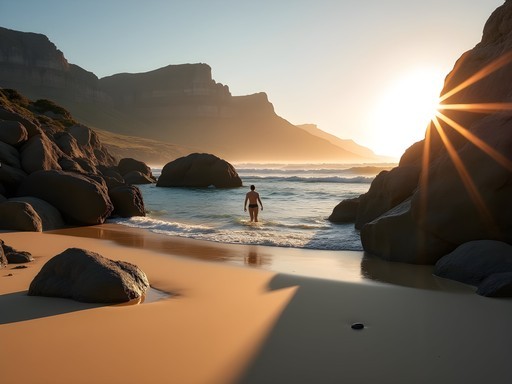
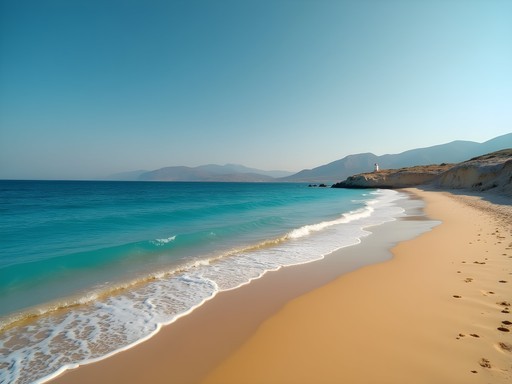
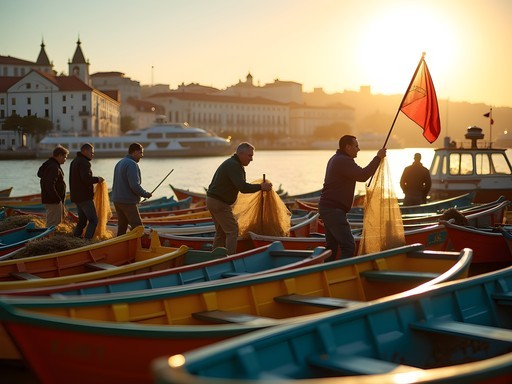
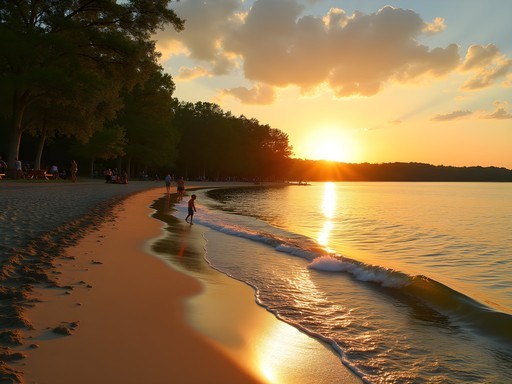
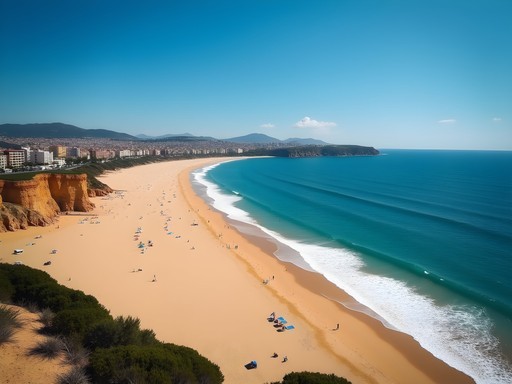
Comments
Frank Garcia
Great breakdown of the beach options, Hunter! After backpacking through Malaysia for 3 months, I'd add that transportation logistics are key for these day trips. For budget travelers heading to Morib or Gold Coast from KL, the local buses are incredibly affordable but infrequent. I'd recommend downloading the MyBus app for schedules. For Singapore, the Southern Islands ferry ticket counter often has long queues on weekends, so booking through their website saves time. Also worth noting that Lazarus Island has zero facilities (no shops, restaurants), which makes it both wonderfully peaceful and requiring advance preparation. Pack everything you need!
starvibes
Are any of these beaches good for beginner surfers? Going to both cities in November!
roamexplorer
Desaru Coast near Singapore has some decent beginner waves during monsoon season (Nov-Feb). Not world-class, but fun for learning!
roamexplorer
Just got back from KL and followed your advice about Morib Beach - what a hidden gem! The seafood stalls along the beach were incredible, and we practically had the whole place to ourselves on a Tuesday. One tip for others: we rented a car which made it super easy, but there were local buses too. Don't forget to bring a hat and lots of sunscreen as there's limited shade. We used our beach tent which was a lifesaver with the kids. The contrast between KL's towers and being on a quiet beach just hours later was exactly the experience we were looking for!
wanderlustmaster
First time going to Singapore next week! Is Sentosa worth it or too touristy? I only have time for one beach day.
Frank Garcia
Having been to both, I'd recommend Kusu or St. John's over Sentosa if you want a more authentic beach experience. Sentosa is great for attractions but the beaches are manufactured and often crowded. The ferry ride to the Southern Islands is part of the experience too!
wanderlustmaster
Thanks Frank! Will check out the ferry schedule. Super helpful!
adventurephotographer
That sunset shot from St. John's Island is stunning! What camera setup did you use?
Sophia Gomez
Hunter, this post brought back so many memories! I was in Singapore last quarter for a business trip and extended my stay specifically to visit some of these islands. Lazarus Island was my absolute favorite - that curve of white sand feels like it belongs in the Maldives, not a quick ferry ride from downtown Singapore! I actually managed to take my laptop and had the most productive 'workation' morning ever before swimming in the afternoon. For anyone traveling to KL, I'd add that Port Dickson beaches are decent for a quick escape, but if you can stretch to an overnight trip, Pangkor Island is absolutely worth it!
wanderguy
Just what I needed! Planning a 3-day stopover in Singapore next month and definitely want to escape the city heat for at least one beach day!
smartadventurer
St. John's Island was amazing for us last year - way less crowded than Sentosa!
wanderguy
Thanks for the tip! Did you need to book the ferry in advance?
smartadventurer
Yes, especially on weekends! Marina South Pier has the tickets, but they sell out fast.
redlover
Going to Singapore with kids (8 and 10) next month. Which island would you recommend that's not Sentosa? Is Sisters' Islands good for families?
oceanvibes
Not the author, but we took our kids to St. John's and they loved it! The lagoon area is perfect for kids who are comfortable swimmers. Pack lots of snacks though - food options are limited.
Hunter Reynolds
I'd second St. John's for kids that age! Sisters' Islands has amazing marine biodiversity but the currents can be strong. If your kids are into nature, Pulau Ubin lets them rent bikes and spot wild boars and monkeys. The bumboat ride there is an adventure in itself!
Douglas Bradley
Interesting analysis of the urban-beach dynamic in Southeast Asia. I spent three months documenting the cultural significance of these coastal retreats last year. What fascinates me is how these beaches serve different purposes for locals versus tourists. While visitors seek escape, many locals view these as extensions of cultural heritage. The fishing communities around Morib Beach, for instance, maintain traditions that predate KL's modernization by centuries. Your section on family activities resonated - I observed multiple generations gathering for weekend picnics, maintaining community bonds away from high-rise living. One suggestion: Pulau Ubin near Singapore offers a glimpse into what the region looked like before urbanization - worth mentioning for those seeking both beach and cultural context.
Hunter Reynolds
Douglas, you've hit on something profound about the dual nature of these spaces. Pulau Ubin is an excellent suggestion - that kampong atmosphere is increasingly rare. I'd love to hear more about your documentation project sometime!
dreamwalker
Never knew there were so many beach options near KL! Mind blown 🤯
Venture X
Premium card with 2X miles, $300 travel credit, Priority Pass